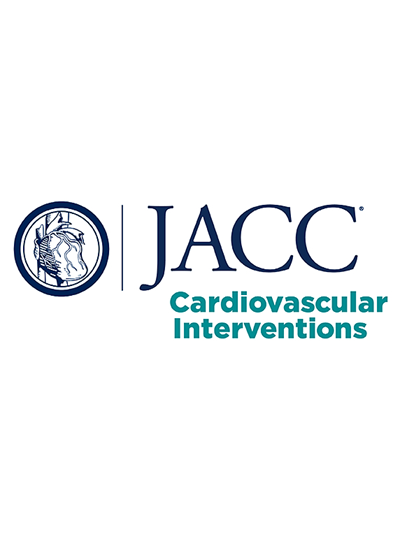Antithrombotic Therapy in High Bleeding Risk, Part II
IF 11.7
1区 医学
Q1 CARDIAC & CARDIOVASCULAR SYSTEMS
引用次数: 0
Abstract
Over the past decades, there have been great advancements in the antithrombotic management of patients undergoing percutaneous interventions, but most of the available evidence derives from studies conducted in the setting of cardiac interventions. Antithrombotic treatment regimens used in patients undergoing percutaneous cardiac interventions, in particular coronary, are frequently extrapolated to patients undergoing noncardiac interventions. However, the differences in risk profile of the population treated and the types of interventions performed may translate into differences is the safety and efficacy associated with antithrombotic therapy. Noncardiac percutaneous interventions are commonly performed in patients at high bleeding risk, which may indeed impact outcomes, hence underscoring the importance of risk stratification to guide clinical decision-making processes. In this review, we appraise the available evidence on antithrombotic therapy in high-bleeding-risk patients undergoing noncardiac percutaneous interventions.
高出血风险人群的抗血栓治疗,第二部分
过去几十年来,经皮介入治疗患者的抗血栓治疗取得了巨大进步,但现有证据大多来自于心脏介入治疗方面的研究。用于经皮心脏介入治疗(尤其是冠状动脉介入治疗)患者的抗血栓治疗方案经常被推广到非心脏介入治疗患者身上。然而,接受治疗人群的风险状况和所实施介入治疗的类型不同,可能会导致抗血栓治疗的安全性和有效性存在差异。非心脏经皮介入治疗通常在出血风险较高的患者中进行,这可能确实会影响治疗效果,因此强调了风险分层在指导临床决策过程中的重要性。在这篇综述中,我们评估了对接受非心脏经皮介入治疗的高出血风险患者进行抗血栓治疗的现有证据。
本文章由计算机程序翻译,如有差异,请以英文原文为准。
求助全文
约1分钟内获得全文
求助全文
来源期刊

JACC. Cardiovascular interventions
CARDIAC & CARDIOVASCULAR SYSTEMS-
CiteScore
11.60
自引率
8.80%
发文量
756
审稿时长
4-8 weeks
期刊介绍:
JACC: Cardiovascular Interventions is a specialist journal launched by the Journal of the American College of Cardiology (JACC). It covers the entire field of interventional cardiovascular medicine, including cardiac, peripheral, and cerebrovascular interventions. The journal publishes studies that will impact the practice of interventional cardiovascular medicine, including clinical trials, experimental studies, and in-depth discussions by respected experts. To enhance visual understanding, the journal is published both in print and electronically, utilizing the latest technologies.
 求助内容:
求助内容: 应助结果提醒方式:
应助结果提醒方式:


